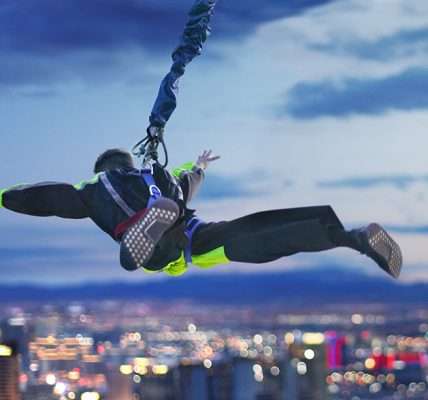Mount Rainier, a majestic peak looming over the Washington landscape, beckons adventurers and nature enthusiasts alike. Its snow-capped summit and sprawling glaciers present a breathtaking spectacle, but beneath the beauty lies a potential for danger that hikers must understand and respect. The allure of conquering this stratovolcano is undeniable, yet aspiring climbers and casual hikers need to be acutely aware of the inherent risks involved. Understanding the specific challenges posed by Mount Rainier is paramount to ensuring a safe and enjoyable experience. So, the question remains: how dangerous is hiking Mount Rainier?
Understanding the Hazards: Beyond the Picturesque Views
Hiking Mount Rainier presents a unique set of challenges, far exceeding those encountered on typical trails. The mountain’s significant elevation, unpredictable weather patterns, and glaciated terrain demand careful planning, preparation, and a healthy dose of respect. Let’s delve into some of the key dangers:
Weather: A Force to be Reckoned With
Rapidly Changing Conditions: Sun-drenched skies can quickly give way to dense fog, heavy rain, or even snow, even in the summer months. This can lead to disorientation, hypothermia, and increased risks of slips and falls.
High Winds: Exposure at higher elevations means hikers are susceptible to strong winds that can make walking difficult and even blow people off course.
Limited Visibility: Thick cloud cover and fog can reduce visibility to near zero, making navigation treacherous, especially on glaciers.
Terrain: A Test of Skill and Endurance
Glaciated Surfaces: Mount Rainier is covered in glaciers, which are beautiful but inherently dangerous. Crevasses (deep cracks in the ice) can be hidden by snow, posing a significant fall hazard. Proper equipment and training are essential for traversing glaciers safely.
Steep Slopes and Loose Rock: Many trails involve steep ascents and descents on loose rock and scree, increasing the risk of slips, falls, and rockfall.
River Crossings: Snowmelt feeds numerous rivers and streams, which can be swift, cold, and difficult to cross, especially during peak runoff periods.
Altitude: Respecting the Thin Air
Altitude Sickness: As elevation increases, the air becomes thinner, leading to altitude sickness. Symptoms can range from mild headaches and nausea to life-threatening pulmonary or cerebral edema. Gradual acclimatization is crucial.
Exacerbation of Existing Conditions: High altitude can worsen pre-existing medical conditions, such as heart problems or respiratory issues.
Minimizing Risks: Preparation is Key
While Mount Rainier presents inherent dangers, many risks can be mitigated through thorough preparation and responsible decision-making. This includes:
Checking the Weather Forecast: Before heading out, consult multiple weather sources and be prepared for changing conditions.
Proper Gear: Invest in high-quality hiking boots, waterproof clothing, a map, compass (or GPS), plenty of food and water, and appropriate gear for glacier travel if necessary.
Physical Fitness: Hiking Mount Rainier requires a high level of physical fitness. Train adequately before your trip.
Knowledge and Skills: Learn basic navigation skills, first aid, and how to recognize and treat altitude sickness. Consider taking a mountaineering course if planning to summit.
Inform Someone of Your Plans: Always let someone know your itinerary and expected return time.
Hike with a Buddy: Hiking with a partner increases safety in case of an emergency.
Ultimately, understanding how dangerous is hiking Mount Rainier boils down to acknowledging the objective hazards and mitigating the risks through careful planning and responsible behavior. Respect the mountain, respect the weather, and respect your own limitations.
FAQ: Addressing Common Concerns
- Q: Is it safe to hike Mount Rainier alone?
- A: While possible for experienced hikers, it’s generally not recommended due to the increased risk in case of an emergency.
- Q: What is the best time of year to hike Mount Rainier?
- A: Late July through September typically offers the most favorable weather conditions.
- Q: Do I need a permit to hike Mount Rainier?
- A: Permits are required for overnight camping and certain areas. Check the National Park Service website for the most up-to-date information.
Therefore, to reiterate, the dangers of hiking Mount Rainier are real, but with careful planning and respect for the mountain, a safe and rewarding experience is possible.

